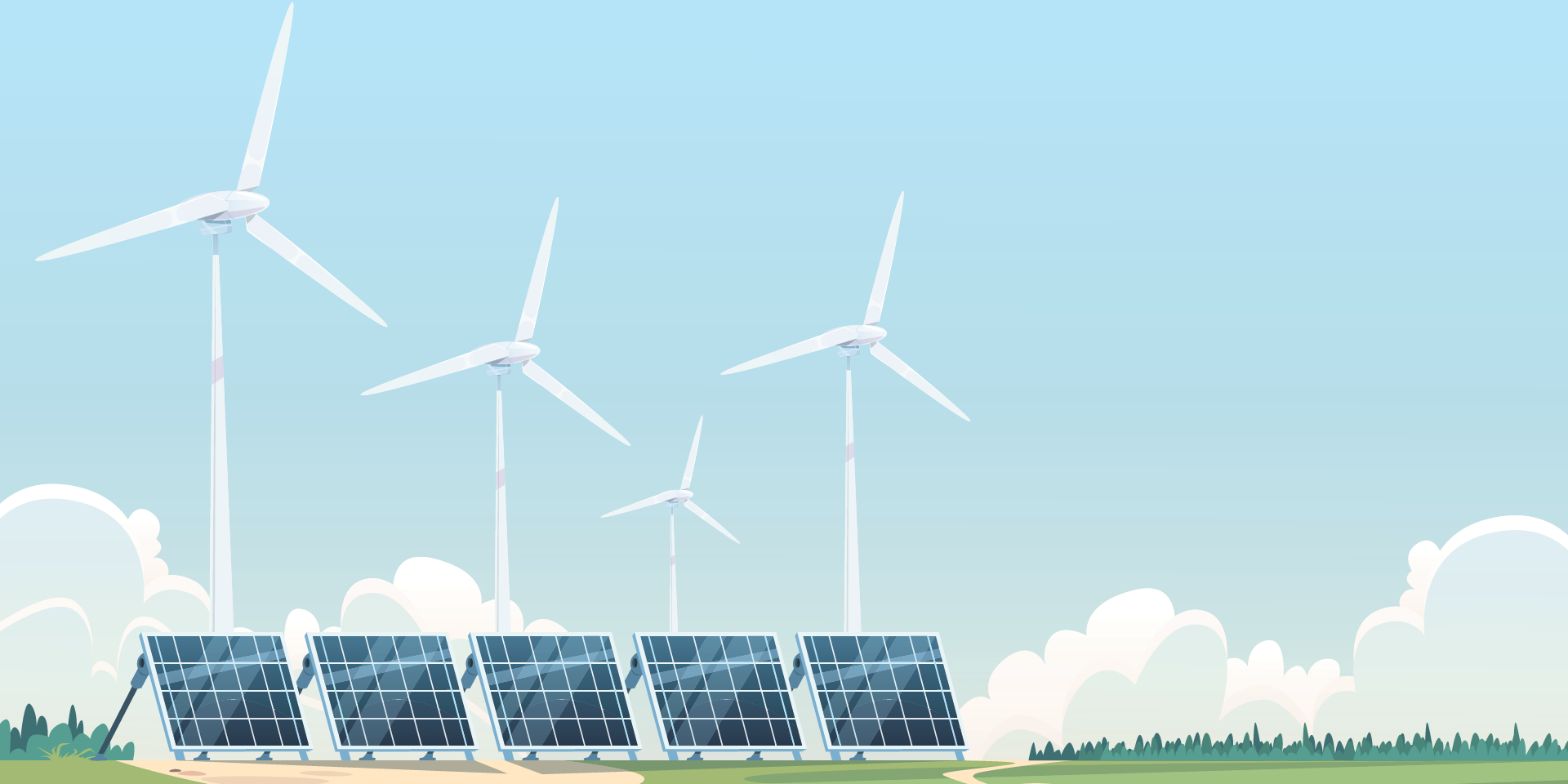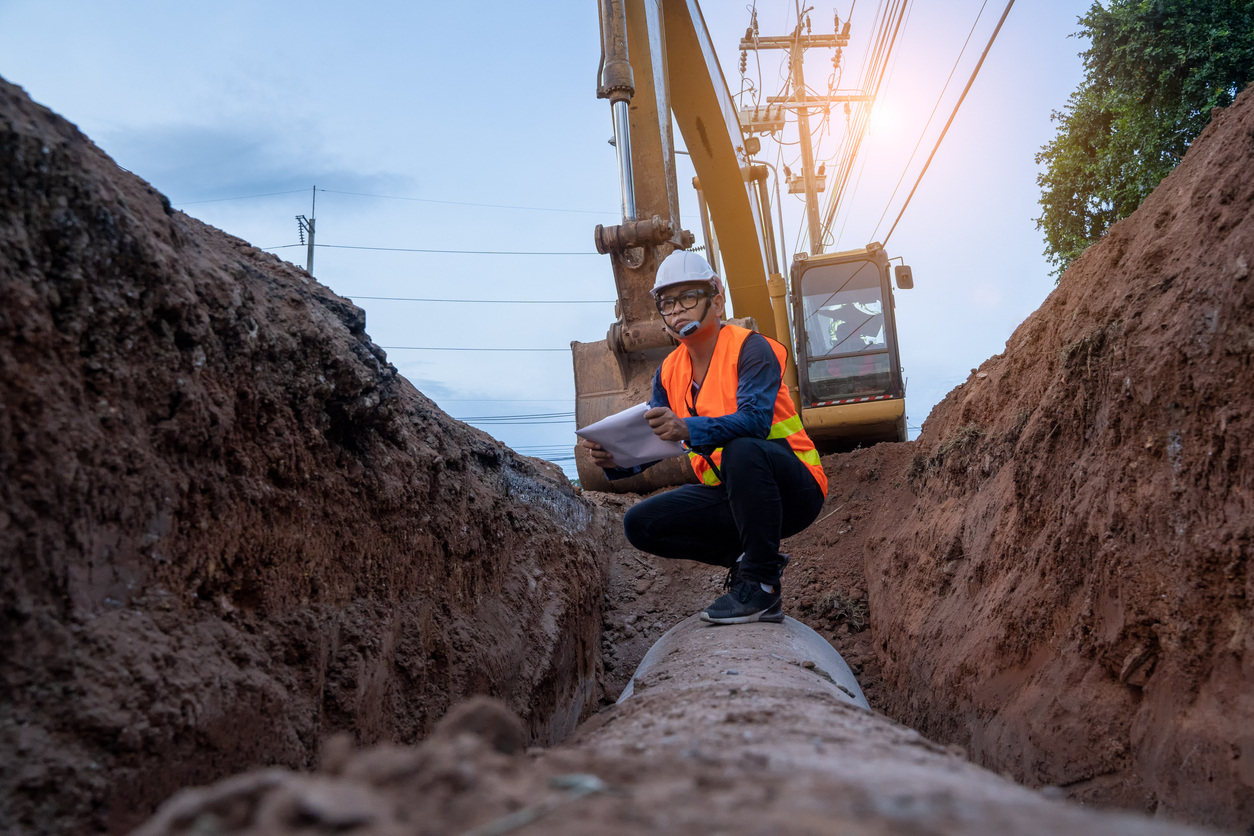
Keeping Pace with Innovation
Integrating New Technologies into Utility Construction
The utility sector is undergoing a technological transformation. From smart grids and automation to renewable energy integration and AI-driven asset management, utilities must embrace innovation to stay competitive. However, integrating new technologies into existing infrastructure presents significant challenges, including compatibility issues, disconnected data sources, and high upgrade costs.
Case Study: UK’s Smart Metering Implementation Programme
A nationwide initiative to roll out smart meters to improve energy efficiency faced major delays due to technical integration challenges. Issues with software compatibility, data management, and legacy system constraints slowed adoption and frustrated providers and consumers. This example highlights the complexities of technology integration in the utility sector.
The Technology Challenge
- Outdated Legacy Infrastructure – Many utilities still operate on decades-old systems that struggle to integrate with modern technology.
- Disconnected Data Sources – Managing assets, workforce, and compliance separately leads to inefficiencies, slowing decision-making.
- High Costs of Technology Upgrades – Upgrading entire systems can be expensive and disruptive, making it difficult for utilities to modernize at scale.
- Fact: Studies show that 80% of utility executives believe digital transformation is necessary, but only 35% have successfully integrated new technologies due to infrastructure and budget constraints.
The Cost of Falling Behind on Technology Integration
- Operational Inefficiencies – Disconnected systems lead to data silos, manual processes, and increased labor costs.
- Security & Compliance Risks – Outdated technology increases vulnerability to cyber threats and regulatory penalties.
- Competitive Disadvantages – Companies that fail to adopt AI, automation, and smart infrastructure will struggle to keep up with industry leaders.
The Solution: Seamless Technology Integration with Vitruvi
Rather than overhauling entire systems, utilities can modernize strategically with Vitruvi’s advanced technology integration tools.
- GIS, ERP & Asset Management Integration – Ensure new technologies seamlessly connect with existing infrastructure.
- Scalable Infrastructure – Adopt new digital tools without disrupting ongoing operations.
- Real-Time Data & Automation – Gain instant insights into projects, resources, and compliance tracking.
- Cloud-Based Collaboration – Enable mobile field access, keeping teams connected anytime, anywhere.
- AI-Driven Project Management – Automate scheduling, resource allocation, and compliance monitoring to improve efficiency.
With high mitigation capabilities, Vitruvi helps utilities implement new technologies without major disruptions, ensuring faster adoption, better decision-making, and a future-proof infrastructure.
👉 Find out how Vitruvi supports utility technology integration
Best Practices for Utility Technology Integration
To successfully implement new technologies, utility companies should:
- Assess Infrastructure Readiness – Conduct a technology audit to identify integration gaps.
- Adopt Modular Upgrades – Implement incremental improvements instead of full system replacements.
- Leverage Cloud & Mobile Solutions – Ensure real-time data sharing and remote project access.
- Train Teams on Digital Tools – Provide ongoing workforce education to ease technology adoption.
- Enhance Cybersecurity Measures – Protect new digital assets from cyber threats and compliance risks.
The Future of Utility Innovation: AI, Automation & Smart Infrastructure
As automation, AI, and IoT (Internet of Things) continue to evolve, utility companies will benefit from:
- AI-Powered Predictive Maintenance – Reduce downtime by identifying infrastructure failures before they happen.
- Digital Twins & 3D Modeling – Use real-time simulations to optimize infrastructure upgrades.
- Smart Grid Optimization – Improve energy distribution efficiency with automated grid technology.
By leveraging Vitruvi’s technology integration solutions, utilities can future-proof their infrastructure, improve efficiency, and stay ahead of industry innovations.
👉 Learn more about Vitruvi’s digital transformation capabilities
 Looking for practical ways to avoid delays, reduce costs, and improve compliance in your utility construction projects?
Looking for practical ways to avoid delays, reduce costs, and improve compliance in your utility construction projects?
Download our free whitepaper for expert insights and actionable strategies to tackle industry challenges like labor shortages, permitting roadblocks, and safety risks. Start optimizing your utility workflows today!
Subscribe and stay up to date with the newest posts delivered right to your inbox!

